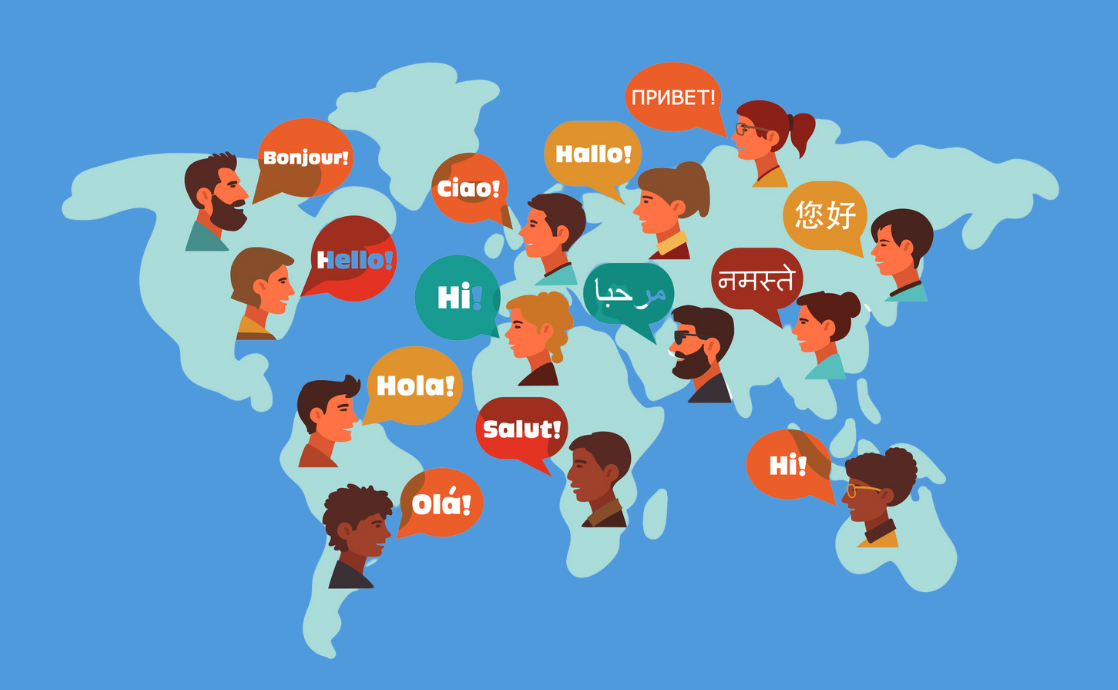In an increasingly interconnected world, the idea of uniting humanity under a common vision is paramount. The Bahá’í teachings present a compelling framework for achieving this unity through the medium of a universal auxiliary language. This concept serves as both a bridge and a beacon, fostering communication and understanding among diverse cultures. The establishment of a common linguistic ground can be seen as analogous to the threads of a tapestry, each strand representing a unique culture, yet intertwined to create a vibrant whole.
To embark upon this exploration, one must first understand the essence of language itself. Language functions not merely as a vehicle for communication but as a vessel of culture, tradition, and identity. Within the Bahá’í perspective, the promotion of a universal auxiliary language is not intended to supplant local languages or dialects; rather, it is designed to enhance global communication and cultural exchange. This is similar to the way in which various musical instruments can harmonize to create a symphony; they retain their individual sounds while contributing to a unified melody.
One of the foremost tenets of the Bahá’í faith is the belief in the oneness of humanity. This principle posits that, despite the myriad of cultural and ideological differences, the essential nature of all human beings is inherently the same. The implementation of a universal language serves as a testament to this ideology, establishing a common platform upon which diverse narratives can coalesce. By enabling individuals from various backgrounds to communicate effectively, societal barriers dissolve, paving the way for mutual understanding and harmony.
Furthermore, the introduction of a universal auxiliary language offers a pragmatic approach to address the linguistic challenges present in our global society. Presently, linguistic diversity is both a treasure and a challenge. While it enriches cultural expression, it can also lead to miscommunication and conflict. In this context, the auxiliary language acts as a unifying element, akin to the common currency that facilitates trade and economic prosperity across borders. It is within this echelon of pragmatism that the Bahá’í vision finds its most compelling application.
Critically, the role of education becomes integral to the feasibility and acceptance of a global auxiliary language. The Bahá’í teachings emphasize the importance of education as a fundamental right and a vehicle for personal and societal development. By incorporating a universal auxiliary language into educational systems worldwide, learners can cultivate a deeper appreciation of diversity while simultaneously honing their ability to engage in cross-cultural dialogue. This educational endeavor is reminiscent of planting seeds in fertile soil; as each seed germinates, it contributes to a flourishing ecosystem of knowledge and understanding.
The emotional fabric of humanity is woven through stories, and languages are the instruments through which these narratives are expressed. Thus, the advent of a universal auxiliary language may lead to the sharing of stories that would otherwise remain unheard. Each narrative holds the potential to foster empathy and compassion among individuals. Much like the delicate threads of a spider’s web, which are intricately connected yet resilient, the stories shared through a common linguistic framework can create a robust network of understanding and solidarity.
Moreover, the concept of a universal auxiliary language extends beyond mere communication. It embodies the essence of spirituality and moral development. As per the Bahá’í teachings, the evolution of humanity is intimately tied to the promotion of justice, equality, and unity. By creating a linguistic space where ideas can flow freely, individuals are encouraged to transcend prejudices and preconceived notions. This linguistic transformation can thus be viewed as an act of spiritual elevation, paving the path toward a more just and equitable world.
The implementation of an auxiliary language also presents an opportunity for technological innovation. In an era defined by rapid advancements in communication technology, the potential for a universal auxiliary language to gain traction and become mainstream is greater than ever. The integration of such a language into digital platforms, social media, and educational tools can create a virtual sphere where communication is seamless and accessible. This digital tapestry allows individuals to connect with one another instantaneously, reinforcing social bonds and encouraging collaborative efforts toward global issues such as climate change and poverty alleviation.
Of paramount importance is the necessity for inclusivity in the development of a universal auxiliary language. The Bahá’í teachings advocate for the participation of individuals from all walks of life in this linguistic endeavor. By ensuring that voices from diverse backgrounds contribute to the discourse, the resulting language can embody the richness of human experience. This collaborative creation evokes the image of a mosaic, where each tile contributes to a larger artistic vision, yet retains its distinctiveness.
In conclusion, the Bahá’í teachings provide a profound vision for achieving unity among humanity through the establishment of a universal auxiliary language. By recognizing the intrinsic value of linguistic diversity while promoting a common medium for communication, society can foster understanding, empathy, and collaboration. This endeavor not only serves to connect individuals across cultural divides but also aligns with the overarching principles of justice, equality, and the oneness of humanity. As we navigate the complexities of our global society, the pursuit of a universal auxiliary language emerges as a vital step toward creating a harmonious and sustainable future—a tapestry of human experience, interwoven with threads of compassion and understanding.
